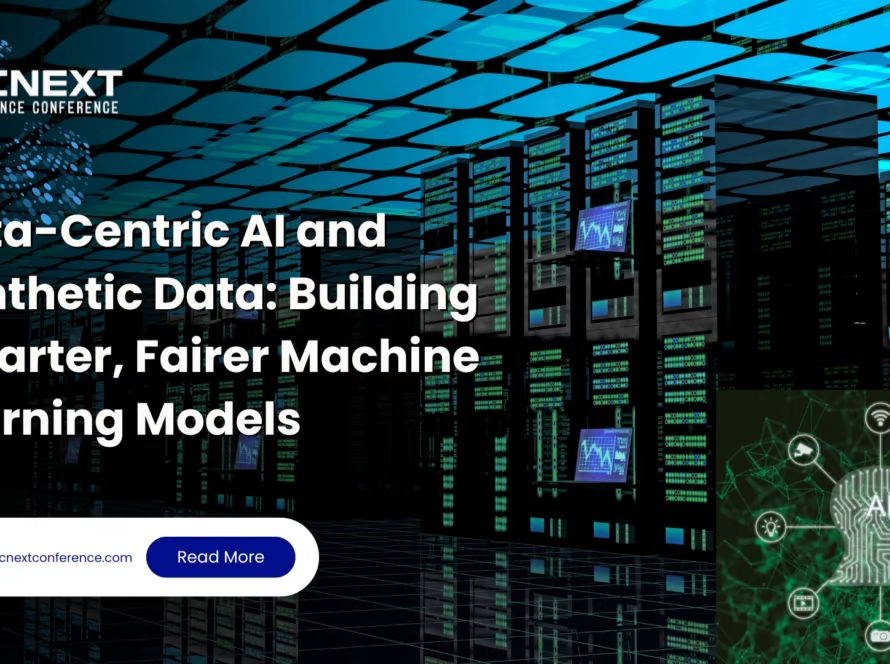Artificial Intelligence (AI) is a rapidly evolving field that enables machines to perform tasks that typically require human intelligence, such as understanding language, recognizing images, making decisions, and predicting outcomes. This article offers an easy-to-understand overview of Artificial Intelligence, highlighting machine learning and deep learning, with a glimpse at upcoming events like DSC Next 2026.
What is Artificial Intelligence?
AI involves creating systems that can mimic human cognitive functions. For instance, AI powers technologies like voice assistants (e.g., Siri, Alexa), image recognition software, and recommendation engines used by Netflix or Amazon .
The Evolution of AI: From Concept to Reality
Artificial Intelligence has rapidly evolved from its conceptual birth in the 1950s—when pioneers like Alan Turing and John McCarthy formalized its foundations and developed early programs—through multiple waves of enthusiasm and setbacks, including the “AI Winters,” to today’s breakthrough systems in everyday apps, virtual assistants, and generative models. Historic milestones include early neural networks, IBM’s Deep Blue defeating Garry Kasparov, and the rise of modern chatbots and voice assistants that now shape how billions interact with technology daily.
Machine Learning: The Backbone of AI
Machine learning (ML) is a subset of AI that teaches computers to learn from data rather than programming them explicitly. It uses algorithms to find patterns and make predictions. For example, email spam filters learn from thousands of spam and non-spam emails to identify future spam reliably.
How does machine learning work?
The process involves feeding data into models, which then learn to classify or predict. For instance, a model trained with images of cats and dogs learns to distinguish between them. The more data it receives, the better it becomes at making accurate predictions
Types of machine learning
Supervised learning: Learns from labeled data, like predicting house prices based on features.
Unsupervised learning: Finds hidden patterns in unlabeled data, such as customer segmentation.
Reinforcement learning: Learns through trial and error, suitable for gaming or robotic control.
Deep Learning: The Future of AI
Deep learning uses neural networks inspired by the human brain to analyze large datasets and complex patterns. It excels in image and speech recognition, language processing, and more. For example, self-driving cars use deep learning for object detection, and virtual assistants understand natural language commands.
Real-world applications include:
Medical diagnosis tools analyzing thousands of images.
Voice assistants improving their understanding.
Facial recognition systems used in security.
Deep learning has successfully enabled face recognition systems with over 97% accuracy in controlled environments.AI models like ChatGPT generate human-like text by predicting word sequences, showcasing the power of large language models trained on vast data sets .
Upcoming Event: DSC Next 2026
The Data Science Next Conference (DSC Next 2026) will be held from May 7-8 in Amsterdam. It will feature global experts discussing the latest trends in data science, AI, and machine learning, with workshops, keynotes, and networking opportunities aimed at professionals and researchers.
Conclusion
From early rule-based systems to today’s intelligent deep learning models, the journey of Artificial Intelligence reflects decades of innovation, collaboration, and continuous learning. As AI continues to evolve, it’s not only transforming industries but also shaping how humans interact with technology. Events like DSC Next 2026 highlight this ongoing evolution, bringing together researchers, data scientists, and innovators who are defining the next chapter of AI—one that is more ethical, explainable, and accessible to all.


